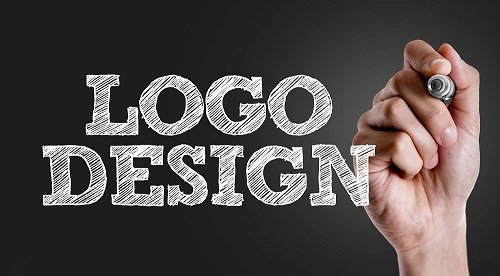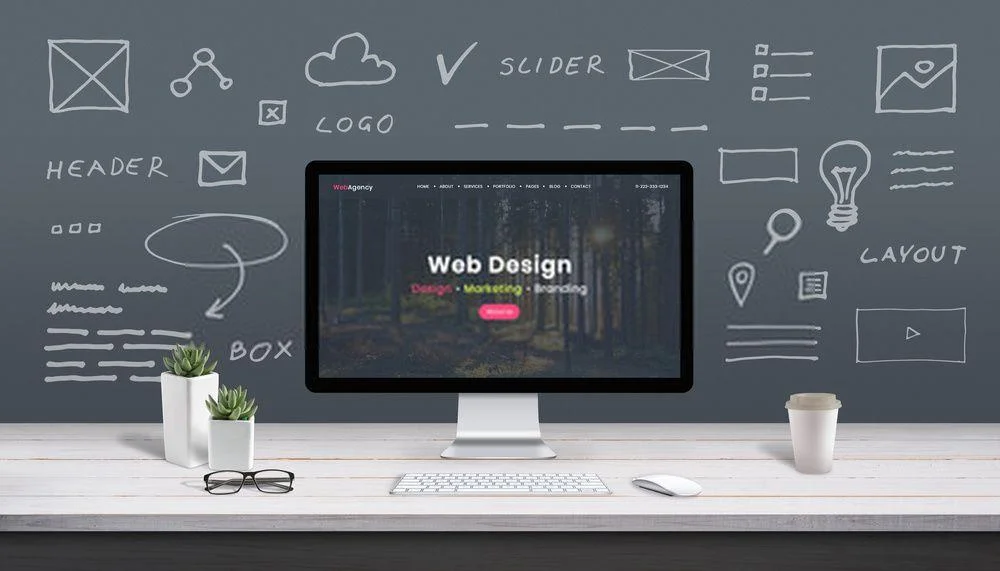Maximizing ROI with PPC Marketing: A Strategic Approach
In the world of digital marketing, pay-per-click (PPC) advertising is a potent tool that gives companies the chance to increase ROI and attract focused visitors. We explore the methods and techniques in this blog article that can improve your PPC campaigns and guarantee not only increased visibility but also a significant return on investment. Understanding PPC Marketing Let’s lay the groundwork for a basic understanding of PPC marketing before moving on to strategies. Examine the platforms that are available, how PPC operates, and the instant advantages that it may offer your company. Clearly Defined Objectives PPC marketing success begins with well-defined objectives. Whether your goal is revenue, lead generation, or brand awareness, identifying it is essential. Discover how to create SMART objectives that complement your overarching company plan. Excellent Keyword Research The foundation of PPC campaigns are keywords. Learn about negative keywords, long-tail keywords, and sophisticated keyword research strategies to improve your targeting and cut down on unnecessary ad spending. Creating Ad Copy That Is Appealing Users will interact with your brand for the first time through your ad copy. Learn how to write attention-grabbing, click-worthy advertisement copy that not only draws in traffic but also encourages conversions. Optimization of Landing Pages It’s one thing to drive traffic; it’s another to convert it. Examine the finest landing page optimization techniques to make sure users have a smooth transition from ad click to conversion. Extending Ads for Maximum Effect Use clever ad extensions to increase the prominence and pertinence of your advertisements. Discover how to use callout extensions, structured snippets, and site link extensions to provide prospective clients more information. Real-time monitoring and adjustment PPC is dynamic, and your strategy should be too. Recognize the significance of A/B testing, real-time monitoring, and campaign adjustments in response to user behavior and market shifts. Making Use of Remarketing Techniques Don’t let prospective clients pass you by. Explore the world of remarketing to learn how to get users who have interacted with your business again and increase their chances of converting. Techniques for Budget Allocation To maximize ROI, budget optimization is essential. Examine methods for allocating funds among platforms and campaigns in a way that is both balanced and in line with your objectives. Examining Measures Not Just Clicks Go beyond rates of click-through. Learn how to read and respond to the key performance indicators (KPIs) for your pay-per-click (PPC) campaigns, such as conversion rates and cost per acquisition (CPA). Keeping Up with the Trends The digital world is changing quickly. By investigating new developments in PPC marketing, you can stay ahead of the curve and make sure your tactics are still applicable and efficient. PPC Localization for Worldwide Effect Localization is essential for companies aiming to reach a variety of markets. Learn how to customize your PPC ads to various locales and cultural norms to increase their worldwide impact. Adjusting for Algorithm Modifications Algorithms used by search engines are always changing. Discover how to modify your PPC tactics in response to algorithm modifications to keep your campaigns running smoothly and in line with platform specifications. Case Studies: Actual Achievements Examine actual case studies of companies who used smart PPC advertising to get impressive returns on investment. Examine their strategies and glean insightful information for your own marketing initiatives. The Path to Ongoing Enhancement PPC marketing is a constantly evolving process. Adopt an attitude of constant improvement, emphasizing data-driven learning, strategy adaptation, and agility in a changing digital environment. In conclusion, a systematic and flexible strategy is necessary to master PPC marketing. Using PPC advertising, this detailed guide gives you the knowledge and resources you need to maximize your return on investment (ROI) from goal-setting to ongoing enhancement. Also Read:-Avoid SEO Mistakes with these 5 Steps
Maximizing ROI with PPC Marketing: A Strategic Approach Read More »












